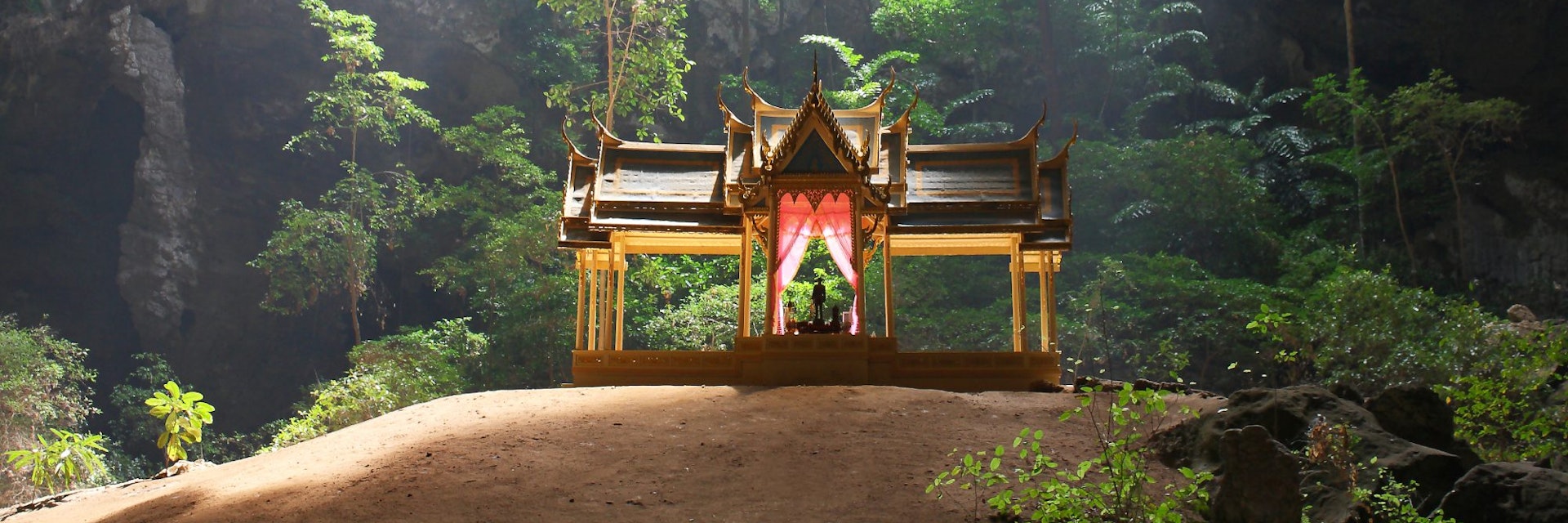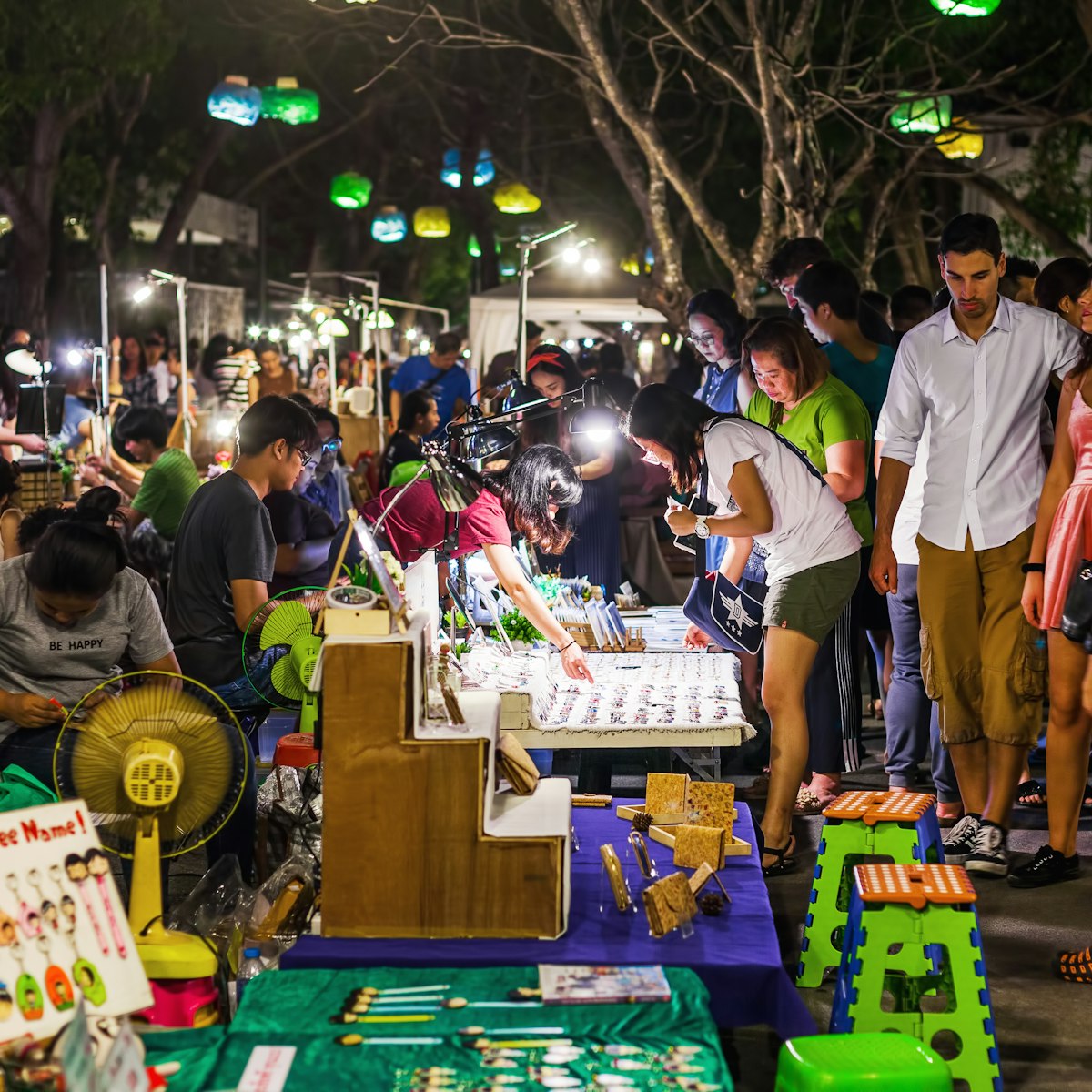Towering limestone outcrops form a rocky, jigsaw-puzzle landscape at Khao Sam Roi Yot National Park (Three Hundred Mountain Peaks), located about 30km from Pranburi. Most visitors are here to see Tham Phraya Nakhon, one of the most spectacular and, for Thais, famous caves in Thailand. This revered cave shelters the Khuha Kharuehat Pavilion, a royal ≤ıƒÉ≥Û¬∑±Ù≤π≥Û built for Rama V in 1890, which is usually bathed in streams of morning light from around 10.30am.
While you're in the park, you can hire a covered boat at Wat Khao Daeng for a one-hour scenic cruise along Khlong Khao Daeng. There are great mountain views and you’ll also see birds, macaques, water monitors and mudskippers.
Birders descend on the park during the cool season from November to March to see some of the park's 300 migratory and resident species. At the intersection of the East Asian and Australian migration routes, Khao Sam Roi Yot is home to yellow bitterns, purple swamphens, ruddy-breasted crakes, bronze-winged jacanas, black-headed ibises, great spotted eagles and oriental reed warblers.
Most travellers visit on a day trip from Hua Hin or Prachuap Khiri Khan, both around 50km from the park. There's no public transport, so you'll need to come with your own wheels: hiring a car and driver from either town will cost about 1800B to 2000B including petrol. If you choose to stay overnight, there are bungalows at Khao Daeng, but most people prefer accommodation just outside the park at Hat Sam Roi Yot beach. A taxi from the train station or bus stop in Pranburi to Hat Sam Roi Yot is a fixed 400B.
The fishing village of Bang Pu is the main departure point for visiting Tham Phraya Nakhon. There's no road access to the cave, but you can ride in a boat (200B one way) to Laem Sala Beach (note: it's a shallow, but wet landing), then follow the steep 430m trail and stairway up to the hill. Restaurants at Bang Pu are open from 6am to 6pm.
There's no park gate. Admission tickets are sold and checked at each of the park's attractions.






